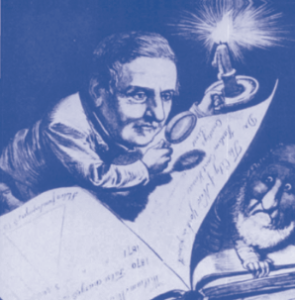 1870
1870By the end of January of 1870, some 200 lawyers in New York City sign what would become known as the “call for organization” of the city’s lawyers in response to rampant corruption and an inadequate justice system in the years following the Civil War.
The first meeting of the Association of the Bar of the City of New York is held on February 1 at the Studio Building at 5th Avenue and 26th Street.
William M. Evarts is elected to be the Association’s first president. He would serve until 1879.

1871
An act to incorporate “The Association of the Bar of the City of New York” is passed by the New York State Legislature. The Association was created “for the purpose of maintaining the honor and dignity of the profession of the law, of cultivating social relations among its members, and increasing its usefulness in promoting the due administration of justice.”
The Judiciary Committee of the Association is instructed to investigate and gather evidence with respect to charges of corruption in the New York judiciary. At the request of the state Assembly, the Association “prepared specific charges against three judges, two of whom were impeached, tried and removed from office, and the other resigned.”

1873
A report to the legislature by the Association’s Judiciary Committee on judicial corruption would lead to the removal of four New York judges.
Address of the Association of the Bar of the City of New York on an Elective Judiciary – calling for constitutional amendment to return to judicial appointments instead of elections. (NOTE: 104 years later, the state constitution was amended to provide for appointment of members of New York’s Court of Appeals.)
 1894
1894Executive Committee approves purchase of “a plot of land on 43rd Street and 44th Streets, beginning 290 feet east of Sixth Avenue and extending easterly 52 feet 6 inches on 43rd Street and 85 feet 6 inches on 44th Street, as a site for a new building.
1896
The Association’s present building, designed by Cyrus L. W. Eidlitz, is opened. The New York Times describes it as “one of the most interesting and successful works of recent architecture…a work having the classical qualities of simplicity, purity, and serenity in a high degree.”
1906
The Association donates law books to Bar Association of San Francisco to replace volumes destroyed by earthquake and fire.
X
